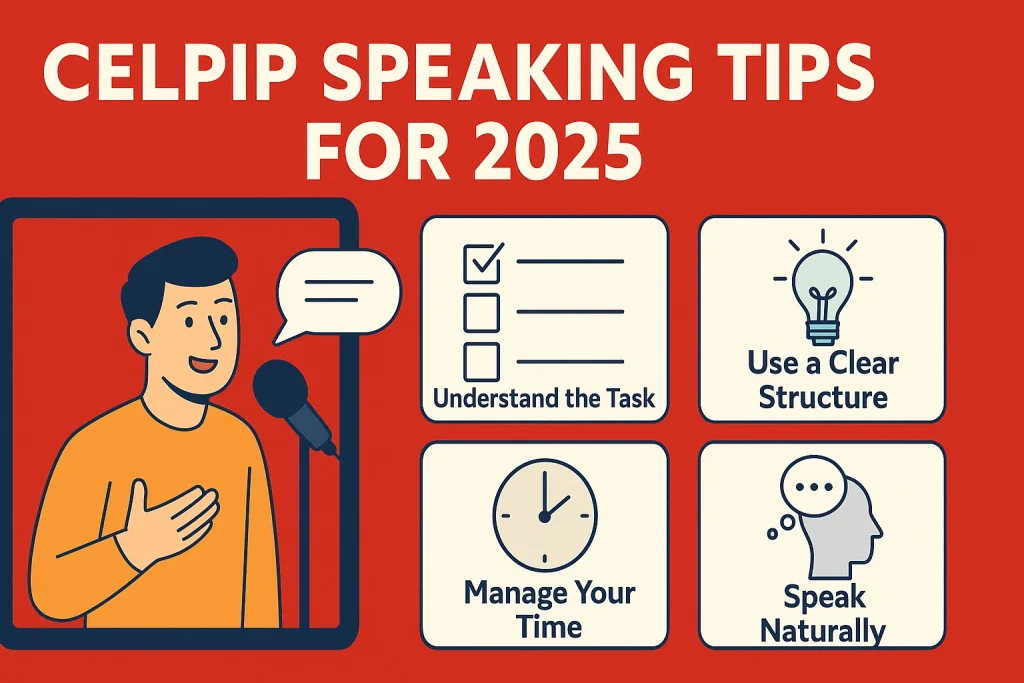
The Role of CRM Solutions in Higher Education Success
The Higher Education region suggests a few extraordinary needs that require extraordinary answers. CRMs provide a centralized view of scholar control via the student existence cycle recruiting future college students to hold relationships with alumni.
CRM software for higher education can act as a noticeably advanced secretarial service that offers customized attention to the usage of the most present-day technological attributes together with synthetic intelligence (AI), predictive analytics, and workflows to gain successful scholarly reviews.
Core Functions of CRM in Higher Education
1. Student Recruitment and Admissions Management
- Tracks lead and application statuses.
- Automates communication for admissions follow-ups.
- Enhances recruitment strategies with data-driven insights.
2. Academic and Student Support
- Provides personalized learning recommendations.
- Sends automated reminders for exams, deadlines, and events.
- Improves faculty-student engagement through structured support channels.
3. Alumni and Fundraising Management
- Maintains relationships with alumni through personalized engagement.
- Optimizes donor outreach and fundraising campaigns.
- Tracks alumni contributions and event participation.
4. Faculty and Administrative Collaboration
- Facilitates seamless communication between departments.
- Enhances decision-making through centralized data access.
- Reduces administrative burden through automation.
Driving Institutional Growth with CRM
Educational establishments gain student-oriented methods through CRM platforms by implementing analytical and automated tools alongside communication capabilities. The abilities of institutions to drive decisions with data help them create individualized interactions that support students at every step of their academic course. Data analysis of student activity and academic outcomes and behavioral choices permits systems to generate adapted methods that build better student participation levels.
Students maintain a feeling of value and support through automated workflows personalized messages and timely reminders that come out of the system. Through individual student customization, the institution builds better relationships with its students resulting in higher satisfaction levels.
Enhancing Student Experiences
Academic support receives modernization through AI-powered chatbots which offer instant responses to students. Students obtain fast assistance through these chatbots for query answers related to coursework along with administrative scheduling support and registration guidance. These services operate across all times to deliver prompt help anytime the students need it thus improving their academic journey.
The analysis of data by AI generates personalized learning pathways institutions can deliver to match their students’ needs. Institutions create optimal learning results by using data from student progress to develop customized learning programs that match individual student needs. These personalized learning pathways connect each student to tailored guidance and educational obstacles they need to advance quickly through material that addresses their set of abilities and skills.
Best Practices for CRM Implementation in Higher Education
- Establish Clear Goals – Define key success metrics for CRM adoption.
- Choose a Scalable CRM System – Ensure the platform can grow with institutional needs.
- Train Staff and Faculty – Provide workshops and resources for effective CRM utilization.
- Ensure Data Security – Maintain compliance with education data protection regulations.
- Monitor and Optimize Performance – Regularly assess CRM effectiveness and make necessary adjustments.
Challenges in CRM Adoption
chísm and implementation of CRM and AI-powered tools must include establishment of connections between new systems and existing platforms. System compatibility with Student Information System (SIS) and Learning Management System (LMS) must be ensured to enable smooth database interactions between platforms. The integration system enables synchronized student record storage alongside teaching information and it creates a centralized communication channel between academic departments which enhances the efficiency of educational management operations.
Note that financial limitations become an obstacle that stands in the way of implementing fresh technological advancements. The combined expenses of licensing along with training procedures and maintenance expenses grow rapidly. To choose optimal solutions Institutions must weigh their financial resources according to how much they gain when measured against what they spend at first and over time.
The financial burden of emerging technologies can be handled through the pursuit of solutions that expand with institutional requirements as well as the establishment of efficient pricing structures and the examination of open-source alternatives.
Future of CRM in Higher Education
- AI-Driven Insights: Enhancing predictive analytics for student success.
- Omnichannel Communication: Connecting students through email, SMS, and mobile apps.
- Automated Career Services: Matching students with internships and job opportunities.
Also Check: Everything About CELPIP Exam Pattern
FAQs About CRM Software for Higher Education
-
What is CRM software for higher education?
CRM software for higher education is a specialized system designed to help institutions manage relationships with prospective, current, and past students.
It enables the collection, maintenance, and analysis of student data throughout their lifecycle—from initial inquiry and application to graduation and alumni engagement. This software facilitates communication across departments, ensuring that all staff members have access to the same information about students’ experiences and needs.
-
How can CRM systems improve student recruitment?
CRM systems enhance student recruitment by automating lead generation and tracking inquiries from prospective students. They allow institutions to segment leads based on various criteria, enabling targeted marketing efforts that resonate with specific demographics.
Additionally, CRMs provide insights into student preferences and behaviors, which can inform more effective recruitment strategies.
-
What are the key benefits of using a CRM in higher education?
The primary benefits of CRM systems in higher education include:
- Improved Communication: CRMs centralize communication, ensuring consistent messaging across departments.
- Operational Efficiency: Automation of routine tasks reduces administrative burdens, allowing staff to focus on strategic initiatives.
- Data-Driven Decision Making: CRMs provide valuable analytics that help institutions understand trends and make informed decisions regarding student engagement and retention strategies.
-
What challenges do institutions face when implementing CRM solutions?
Common challenges include data integration issues due to existing siloed systems, resistance to change from staff accustomed to traditional processes, and budget constraints that may limit investment in new technology.
To overcome these challenges, institutions should choose CRMs that offer seamless integration capabilities, involve stakeholders early in the decision-making process, and consider cloud-based solutions with flexible pricing models.
-
How do CRMs support alumni engagement?
CRMs facilitate alumni engagement by maintaining detailed profiles that track interactions and involvement over time. This information allows institutions to tailor outreach efforts for fundraising campaigns, event invitations, and networking opportunities.
By leveraging alumni data effectively, institutions can foster long-term relationships that benefit both the alumni community and the institution itself.
Conclusion
CRM system implementation done correctly creates a better student experience and strengthens operational efficiency and future academic achievement. Higher education institutions can develop an environment that unites data management with student orientation through CRM technology implementations.
Click Here to Read More: Solutions Metrix











